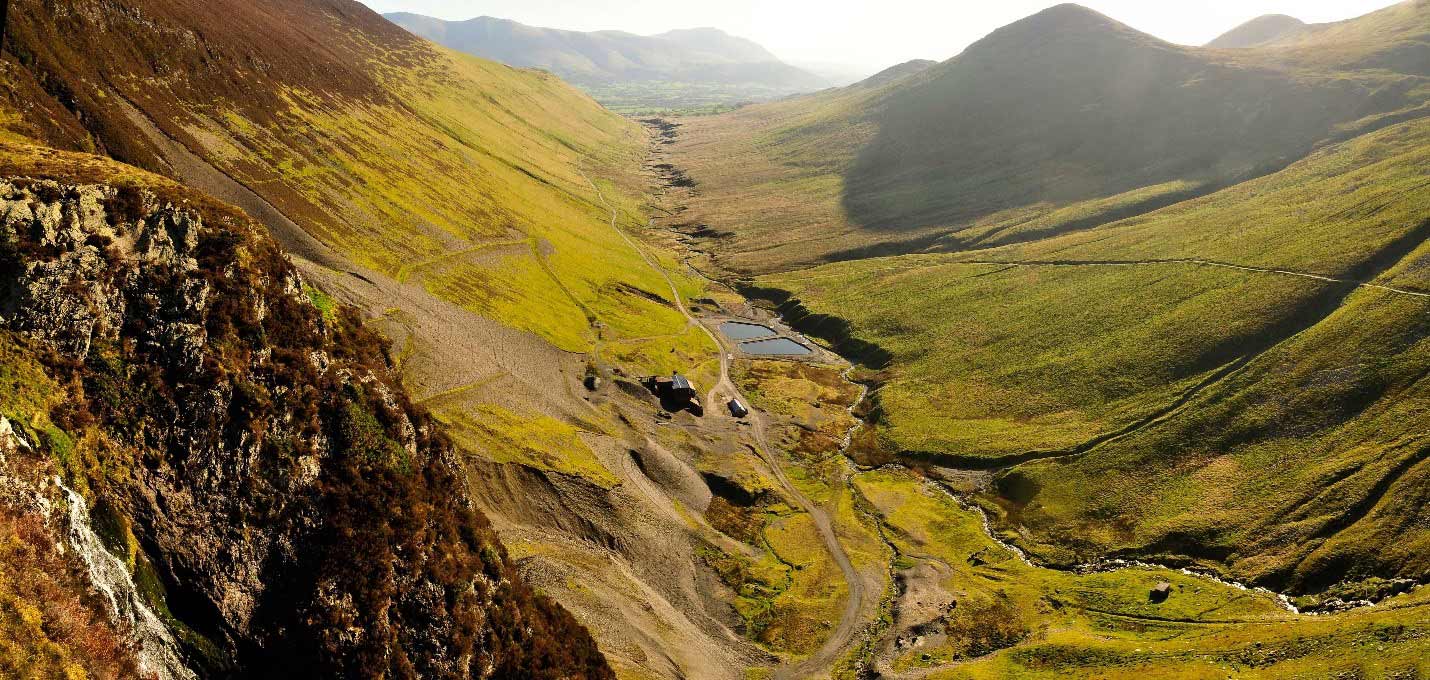The WAMM programme was set up in 2011 to begin to clean up the 1,500km of English rivers polluted by abandoned metal mines. It is a partnership between the Environment Agency, the Mining Remediation Authority (formerly called the Coal Authority) and the Department for Environment, Food and Rural Affairs (Defra). Metal mines played a major part in Britain’s history, but abandoned mines now pollute our rivers, harm aquatic life and can have an adverse impact on economic activity.
Today, mine operators have to comply with all current legislation; meaning they cannot allow mine water to pollute rivers, streams, lakes or groundwater. They’re also responsible for the costs of cleaning up any pollution that occurs once mining operations have ceased. However, most mines were abandoned many decades ago, before the current laws came into place.
In January 2023, Parliament approved new legally-binding targets under the Environment Act. One target is to halve the length of rivers polluted by abandoned metal mines by 2038. This strengthens existing commitments made in the Government’s 25 Year Environment Plan and the statutory River Basin Management Plans.
The WAMM Programme currently (January 2025) operates five mine water treatment schemes. The new Environment Act target means up to 40 new treatment schemes will be needed along with a similar number of diffuse interventions.
Historical metal mining legacies
Until 31 December 1999, mine operators could abandon a mine without notifying anyone and did not have responsibility for dealing with pollution of rivers or groundwater that took place once their operations ceased.
The operators could be found guilty of causing pollution, but due to the complexities of historical mining, underground connections and mine ownership, it was difficult to prove that the act of abandoning a mine caused the pollution.
That is why the government set up the Water and Abandoned Metal Mines programme, providing funds to the Mining Remediation Authority and the Environment Agency to clean up pollution caused by historical metal mining.
Some useful links:

